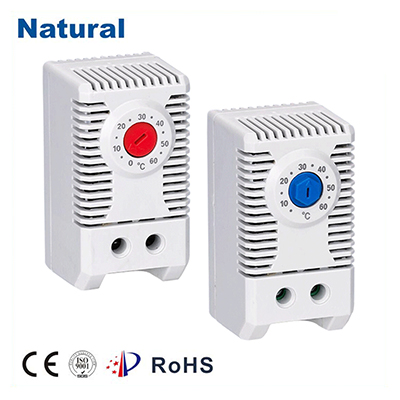Introduction

In the realm of modern technology, one innovation that often goes unnoticed yet significantly impacts our daily lives is the thermostat controller. This unassuming device has transformed the way we regulate indoor temperatures, making our living spaces more comfortable and energy-efficient. From its humble beginnings to the present day, the thermostat controller has come a long way in revolutionizing climate control. Early Days of Thermostat Controllers The concept of controlling indoor temperatures dates back centuries, with ancient civilizations using primitive methods such as opening windows or using fire for heating. However, the first true thermostat was developed in the 17th century by Dutch scientist Cornelis Drebbel. His mercury-based thermostat was a groundbreaking invention that allowed temperature adjustments in response to changes in the environment. Advancements in the 20th Century Fast-forward to the 20th century, and we witness significant advancements in thermostat technology. The introduction of bimetallic thermostats brought increased accuracy and reliability. These devices used two different metals with varying expansion rates to control electrical circuits and maintain a consistent temperature. While effective, these early models lacked the finesse and adaptability of today’s smart thermostats. The Digital Revolution The digital age ushered in a new era for thermostat controllers. In the 1970s, digital thermostats hit the market, offering programmable features that allowed users to set specific temperature schedules. This innovation enabled homeowners to conserve energy by automatically adjusting temperatures when they were away or asleep. The simplicity of these early digital models paved the way for more sophisticated developments. The Emergence of Smart Thermostats The 21st century brought about the rise of smart technology, and thermostat controllers were not left behind. Smart thermostats combine user-friendly interfaces with advanced sensors and connectivity options. These devices can learn from user behavior and adjust settings accordingly, maximizing comfort while minimizing energy consumption. Wi-Fi connectivity has been a game-changer for thermostat controllers. Homeowners can now remotely control their thermostats via smartphone apps, allowing them to make adjustments from anywhere in the world. Additionally, some models utilize geofencing technology, using the location of the user’s smartphone to determine whether they are home or away, and adjusting the temperature accordingly. Artificial Intelligence and Machine Learning The integration of artificial intelligence (AI) and machine learning (ML) has propelled thermostat controllers to an even higher level of efficiency and adaptability. These technologies enable thermostats to analyze data such as weather forecasts, occupancy patterns, and historical usage to make predictive adjustments. As a result, the thermostat learns from its environment and the user’s preferences, creating a finely tuned climate control experience. Energy Efficiency and Environmental Impact The evolution of thermostat controllers isn’t just about convenience; it also addresses environmental concerns. With energy consumption and carbon footprint becoming critical issues, modern thermostats play a pivotal role in conserving energy. By optimizing heating and cooling patterns, smart thermostats contribute to reducing energy wastage and lowering utility bills. Conclusion From the early mercury-based devices to today’s AI-powered smart thermostats, the evolution of thermostat controllers is a testament to human ingenuity and our constant pursuit of comfort and efficiency. These unassuming devices have transformed the way we experience indoor environments while championing the cause of sustainability. As technology continues to advance, we can only imagine the exciting possibilities that lie ahead for thermostat controllers and their impact on our lives.